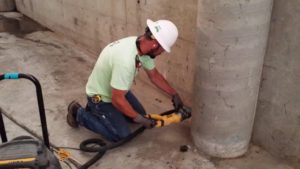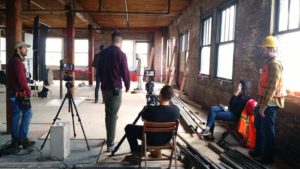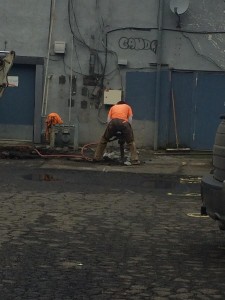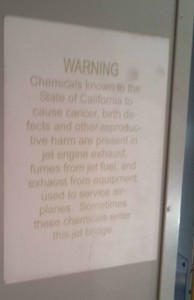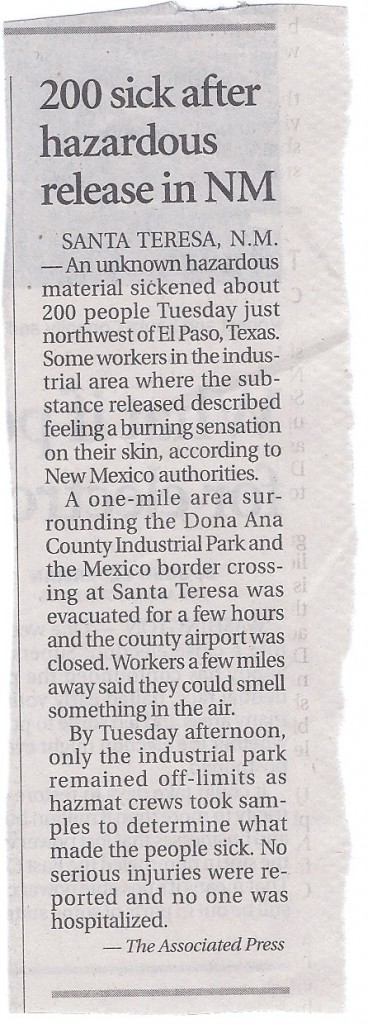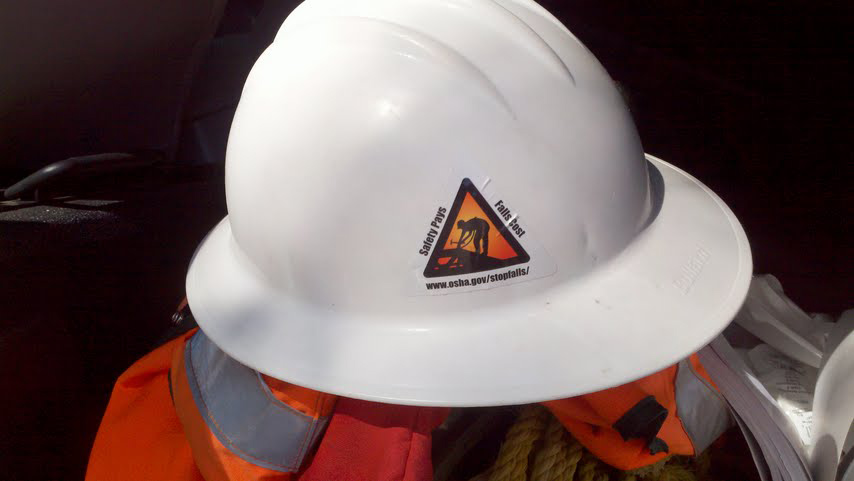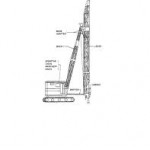Fri 7 Apr 2017
OSHA Silica ENFORCEMENT Delayed 3 Months
Posted by admin under OSHA, PEL (Perm Exp Limit), Presentation, Silica
Comments Off on OSHA Silica ENFORCEMENT Delayed 3 Months
Only the enforcement of the new silica rule has been delayed until September 23, 2107. Â The Federal OSHA silica rule is still being implemented and will take effect on June 23, 2017.
OSHA says in their memorandum they are delaying the enforcement because they hope to develop additional guidance materials and train their compliance officers.
I suspect that many individual state plan OSHA (like Cal-OSHA, etc) may also delay like Federal OSHA, whether or not they announce it.
The new silica rule for construction is a lot of work, retooling, and training. If you haven’t started, there’s no time to lose. I would suggest you start by:
- Examine the tasks you perform which may have dust exposure (grinding, concrete cutting, milling, etc.)
- Refer to the Federal OSHA Small Entity Guide and see if you are properly tooled (have the correct equipment to control exposure)
- If the tasks aren’t listed in Table I – then you have more work to do (look at alternative control methods)
- Train your employees. Both in general awareness & for the competent person. Consider making your own company training video (like this one). Don’t worry, it doesn’t have to be awesome Hollywood cinematography…but having a training which is specific to your company, tools, and activities is best.
There is a lot more to the rule, but the above steps are the best place to start.
